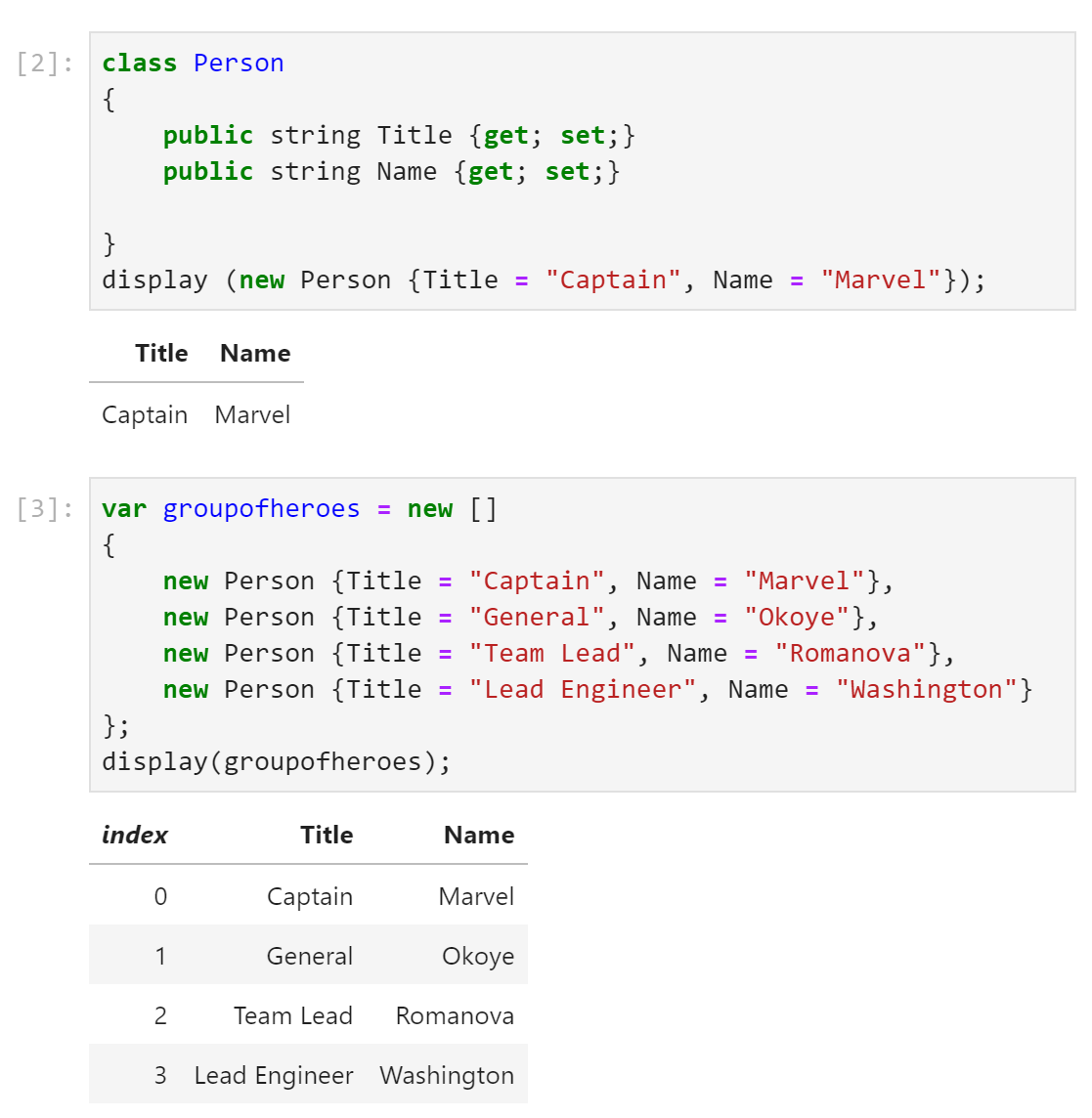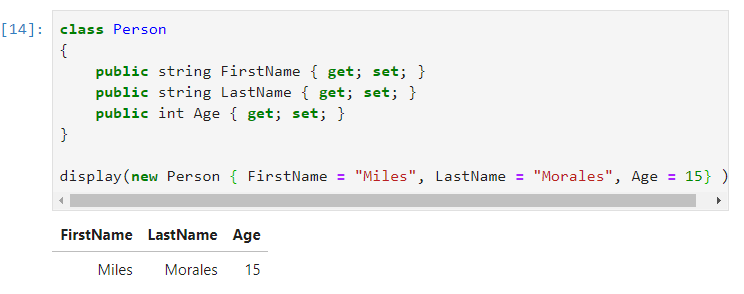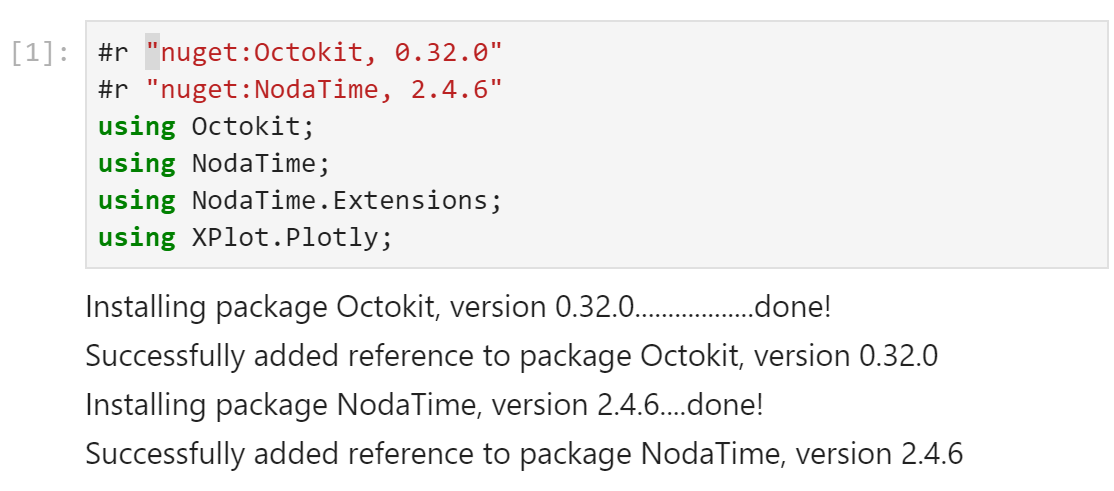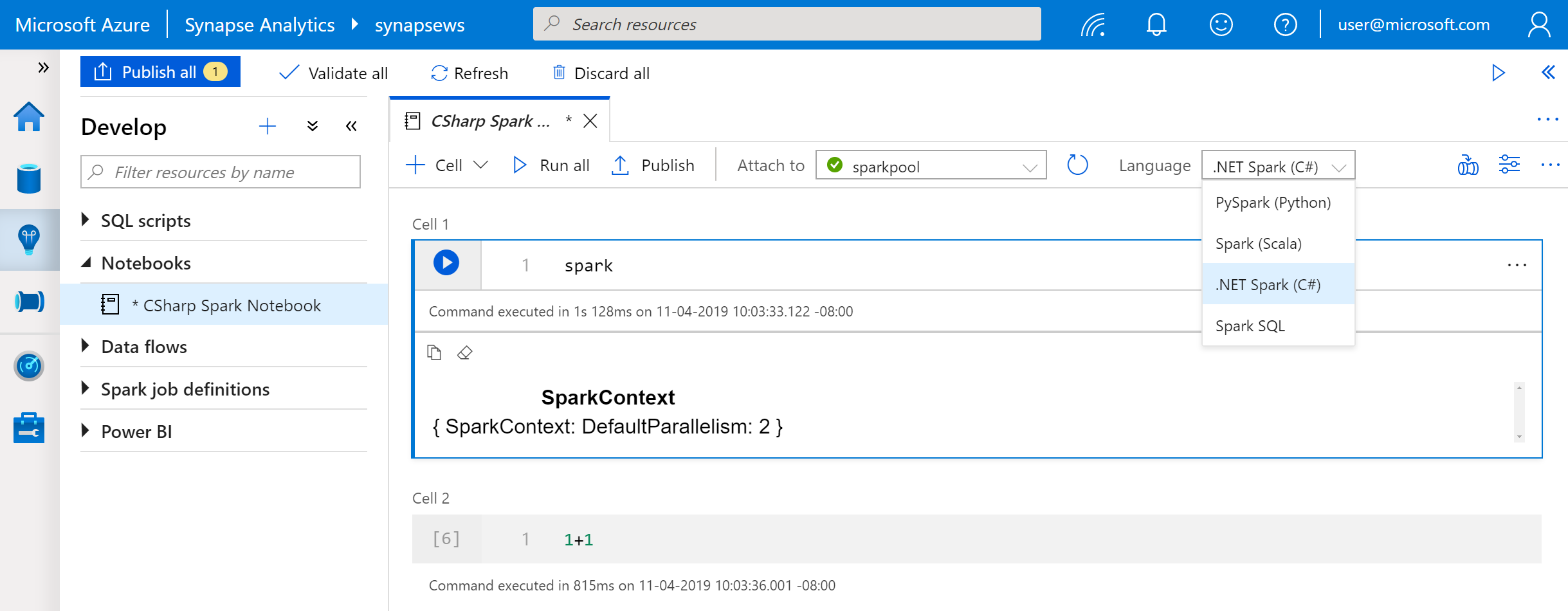Try .NET has evolved to support more interactive features on the Internet with executable code snippets, an interactive documentation generator for .NET Core with the global dotnet try tool. Well, now .NET is available on Jupyter Notebooks.

Build .NET Jupyter Notebooks
To get started with .NET notepads, you need the following:
- .NET Core 3.0 SDK or 2.1 .
- Jupyter: You can install Jupyter on your computer using Anaconda . For alternative ways to install Jupyter, please see the official Jupyter project documentation .
- Open Anaconda Prompt
- Install the global dotnet try tool
dotnet tool install -g dotnet-try
- Install .NET kernel
dotnet try jupyter install</li> <li>
Check if .NET kernel is installedjupyter kernelspec list</li> </ul> <img src="https://user-images.githubusercontent.com/2546640/67889556-76fa7d00-fb25-11e9-9d23-e4178642b721.png"> <ul> <li>
To start a new notebook, you can type
or launch notepad using Anaconda Navigator.jupyter lab
- After starting Jupyter Lab in the browser of your choice, you have the opportunity to create a notebook in C # or F #.

Features
The initial set of functions that we added was supposed to be relevant to developers with experience working on notebooks, as well as give new users a useful set of tools that they would love to try. Let's look at some of the features that we have included.
The first thing you need to know is when writing C # or F # in a .NET Notebook, you will use Scripting C # or interactive F #.
You can learn the features listed below locally on your computer or on the Internet using the dotnet / try middleware image .
For online documentation, please go to the Docs subfolder located in the C # or F # folders.

Feature List
Screen output: There are several ways to display output in notebooks. You can use any of the methods shown in the image below.

Object formatters: By default, in .NET notepad, users can display useful information about an object in a tabular format.

HTML output: By default, .NET notepads come with several helper methods for writing HTML. From basic helpers that allow users to write strings as HTML or output Javascript to more complex HTML with PocketView.

Importing packages: You can download NuGet packages using the following syntax:
#r "nuget:<package name>,<package version>"
for example
# r "nuget:Octokit, 0.32.0" # r "nuget:NodaTime, 2.4.6" using Octokit; using NodaTime; using NodaTime.Extensions; using XPlot.Plotly;

Charts with XPlot
Charts are displayed using Xplot.Plotly . Once users import the XPlot.Plotly namespace into their notebooks (
Xplot.Ploty;
), they can start creating cool data visualizations in .NET.

Explore .NET Notebook online for more documentation and examples.
.NET notepads are perfect for ML.NET and .NET for Apache Spark
.NET notepads bring iterative interactive features to .NET that are popular in the world of machine learning and big data.
ML.NET
ML.NET with Jupyter Notebooks
.NET notepads open up several attractive scenarios for ML.NET, such as exploring and documenting model training experiments, exploring data dissemination, cleansing data, plotting data, and learning.
For more information on how to use ML.NET in Jupyter notebooks, check out this blog post about using ML.NET in Jupyter notebooks . The ML.NET team has put together several online examples so you can get started with them.

.NET for Apache Spark
Big Data for .NET
Notebook support is indispensable when dealing with cases of using big data. Notebooks allow data scientists, machine learning engineers, analysts, and anyone interested in big data to quickly create models and execute and analyze queries.
Today, .NET developers have two options for running .NET for Apache Spark queries in notebooks: Azure Synapse Analytics Notebooks and Azure HDInsight Spark + Jupyter Notebooks . Both options allow you to write and execute fast ad-hoc requests in addition to developing complete, complex big data scripts such as reading data, transforming it, and visualizing it.
Option 1: Azure Synapse Analytics comes with ready-made .NET support for Apache Spark (C #).

Option 2: Check out the .NET tutorial for Apache Spark on GitHub to learn how to get started with .NET for Apache Spark in HDInsight + Jupyter notepads.

See also: 7 free developer courses